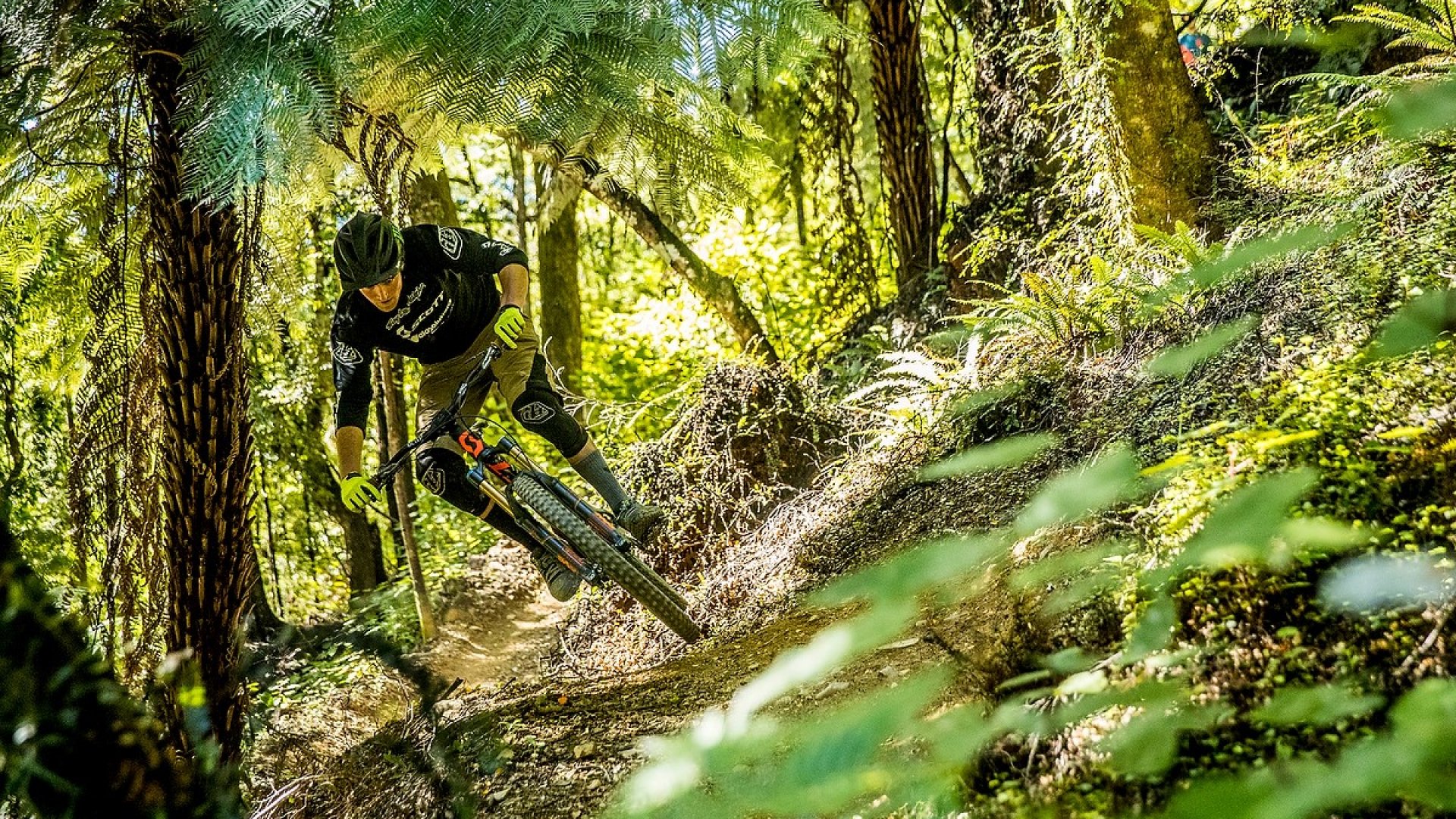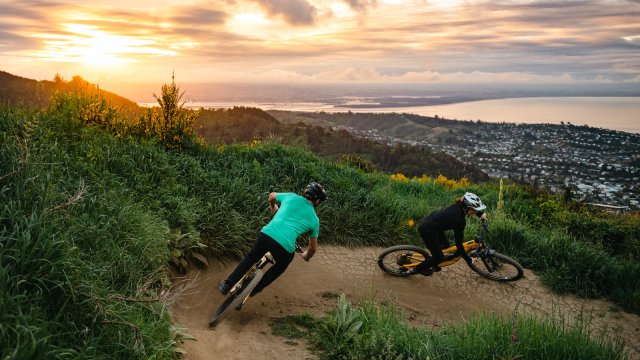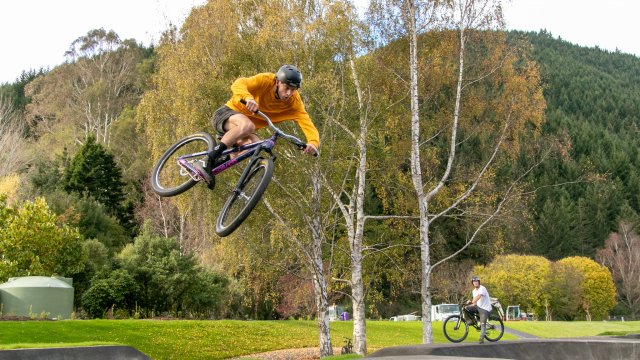Mountain bike safety a priority as Nelson’s trails are audited
18/06/2021 9:15am
Nelson and Tasman’s extensive network of mountain biking trails are being audited and many trails have been recommended for regrading, helping cyclists of all levels find an enjoyable and safe track to ride on.
Simon Noble of Envisage New Zealand completed a partial trail audit at the end of May 2021, riding 43 trails in the Codgers, Codgers-Maitai, Fringed Hill, Maitai Face, Marsden Valley and Sharlands areas. The trails are all on land owned by both Nelson City Council and Ngāti Koata.
Audits were also carried out on 11 trails in Tasman, owned and operated by Tasman District Council at Kingsland Forest and Moturoa Rabbit Island.
Simon used a range of different bikes to grade the trails, often more than one on a particular trail. They all measured his speed during a descent. With the help of a tape measure, camera and GPS app, Simon graded the trails against a number of factors:
- Smoothness
- Turn radius
- Obstacle height
- Steepness/gradient
- Width
- Side fall
Simon’s report recommends that up to 32 of the trails in the Nelson network should be regraded to a higher grade. This would mean that 50 per cent of the trail network is graded as Advanced (Grade 4 or higher). The regrading means all of Nelson’s downhill mountain bike trails are Grade 3 or higher. The audit did note there were Grade 1 and 2 tracks within a 75km drive of the City Centre.
In Kingsland Forest, trails were also generally graded too low, although one trail on Moturoa Rabbit Island that is currently a Grade 2 trial is recommended to be considered Grade 1.
“There are some relatively simple and cheap things that can be done to make some of Nelson’s trails easier to ride,” says Simon.
“This could be achieved by splitting trails in two, or making adjustments to slope, width and turn radius. I do recommend a rethink of the network to increase the provision of Beginner Grade trails. This might involve making existing trails easier, or by making new trails.”
Community and Recreation Chair Tim Skinner says user safety is Council’s first priority.
“We know that Nelson’s trails draw people from around New Zealand, and we expect to welcome international visitors again when the borders reopen. That’s why it’s so important that our trail grading is consistent with the rest of the country. Riders of all abilities deserve to have confidence in the trails they are using.”
NMBTC President Mel Schroder says the club supports greater consistency over the trail network.
“Nelson terrain makes building and maintaining easier trails expensive and difficult and with increasing numbers of people riding across the whole trail network the work required to maintain trails is increasing. While trails may start within grade, it is easy for a feature to form over time that deteriorates the trail. We look forward to working with Ngāti Koata and our stakeholders to ensure the network grading is accurate and consistent and improvements are made where possible when a trail deteriorates.”
The audit carried out by Envisage New Zealand covered about 45 per cent of Council and Ngāti Koata’s trail network. A further audit of trails in Nelson and Tasman is being carried out by Elevate Trail Building, which is in the process of writing its report.
Once the audit is complete, both Councils will work alongside Ngāti Koata and the NMTBC to assess the recommendations and then change signage and marketing materials so they reflect the new grades.



